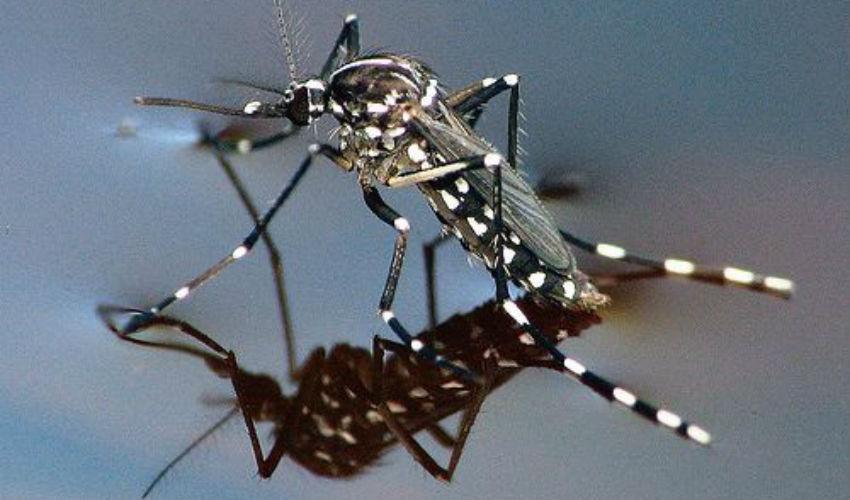
Mosquito Borne Diseases in Europe: Containment Strategy Depends on When the Alarm Sets Off
A NEW STUDY BASED ON CHIKUNGUNYA OUTBREAKS IN ITALY IN 2007 AND 2017 SHOWS THAT LARVICIDES ARE MORE EFFECTIVE AT THE BEGINNING OF SUMMER AND IN WARMER SEASONS, WHILE ADULTICIDES ARE TO BE PREFERRED IN AUTUMN AND IN COLDER SEASONSThe arrival of travelers infected by mosquito-borne pathogens, coming from endemic regions can trigger sustained autochthonous transmission of diseases such as Zika, Dengue, and Chikungunya in Europe. As no specific treatment or vaccine is often available, in most cases the containment of potential outbreaks mainly relies on the interruption of the transmission chain, via the reduction of mosquito density.
New research based on the Italian experience with outbreaks of Chikungunya, a disease borne by the tiger mosquito, in 2007 and 2017, shows that different vector control strategies are needed, depending on the time when the first cases are notified, thus providing useful indications supporting urgent decision-making of public health authorities in response to emerging mosquito-borne epidemics.
«In particular», says Alessia Melegaro of Bocconi’s Dondena Center, co-author of the study, «results suggest that, if Chikungunya cases are notified in late spring or during summer, the combination of larvicides, adulticides and breeding sites removal represents the optimal response strategy. On the other hand, larvicides are proven to be more cost effective in early summer and in the warmer seasons, while adulticides should be preferred in the fall and colder seasons».
The study was conducted as a part of the LEXEM (Laboratory of Excellence for Epidemiology and Modelling) project, funded by the Autonomous Province of Trento and coordinated by Fondazione Edmund Mach. The project combined the different expertise in the area coming from Dondena Centre at Bocconi University of Milan, Fondazione Bruno Kessler of Trento, Fondazione Edmund Mach of S. Michele all'Adige, Istituto zooprofilattico sperimentale delle Venezie and the University of Trento.
F. Trentini, P. Poletti, F. Baldacchino, A. Drago, F. Montarsi, G. Capelli, A. Rizzoli, R. Rosà, C. Rizzo, S. Merler and A. Melegaro, The containment of potential outbreaks triggered by imported Chikungunya cases in Italy: a cost utility epidemiological assessment of vector control measures, Nature.com Scientific Reports, June 2018.
by Fabio Todesco
